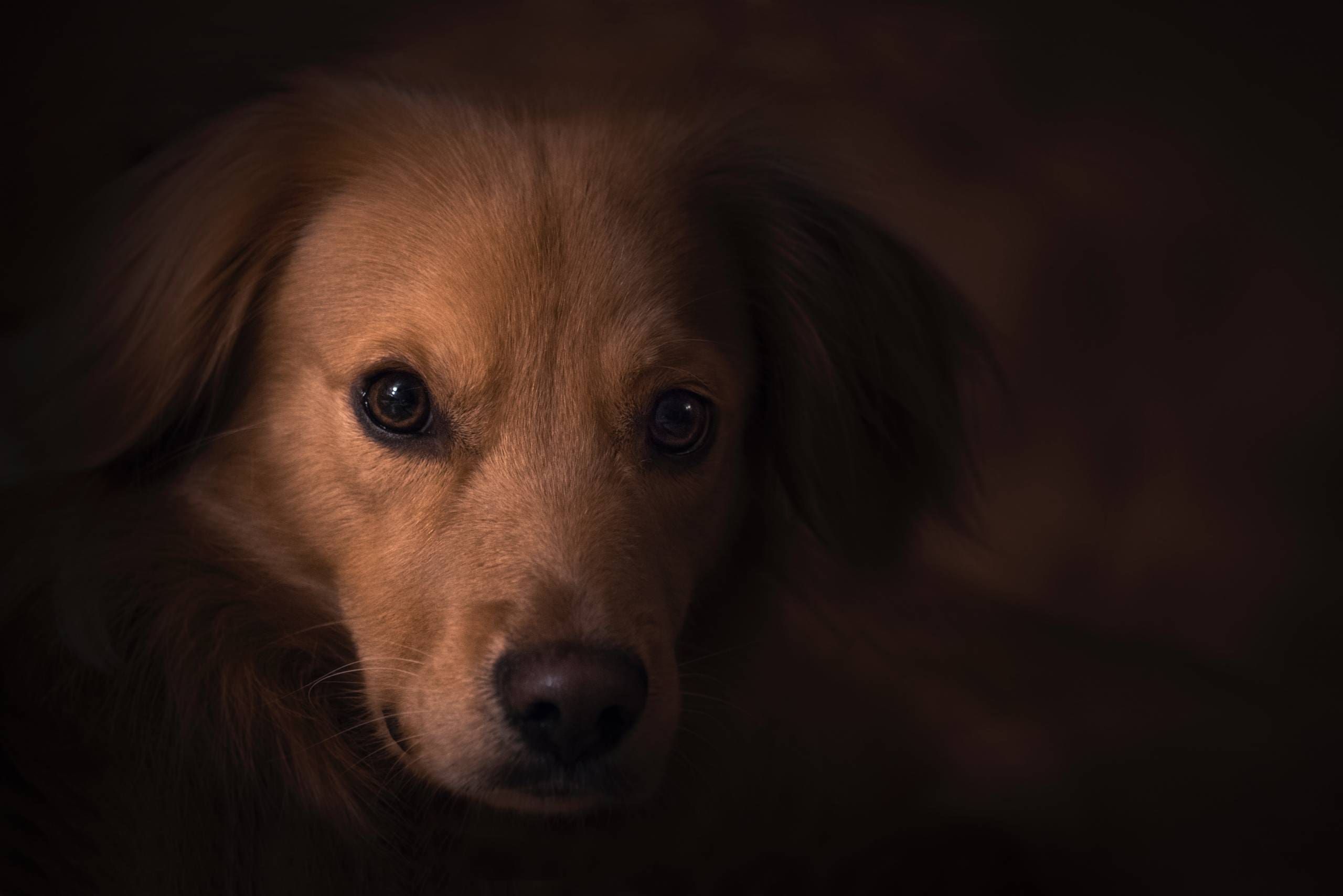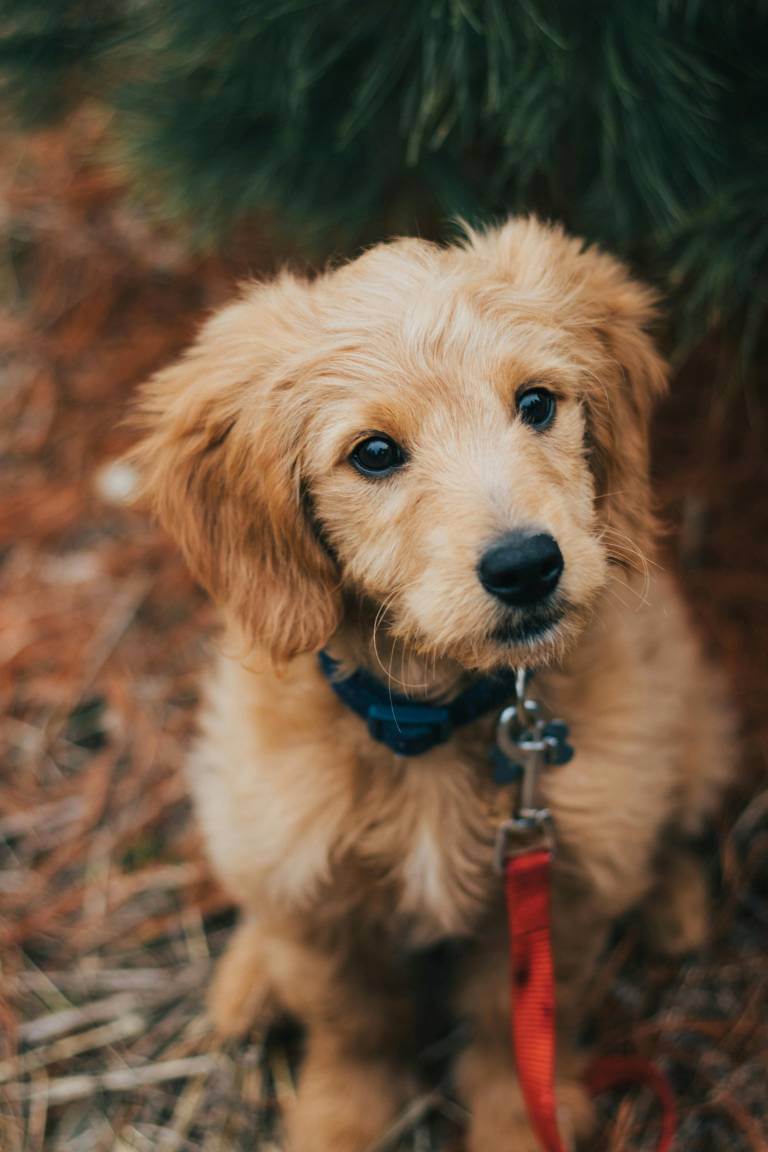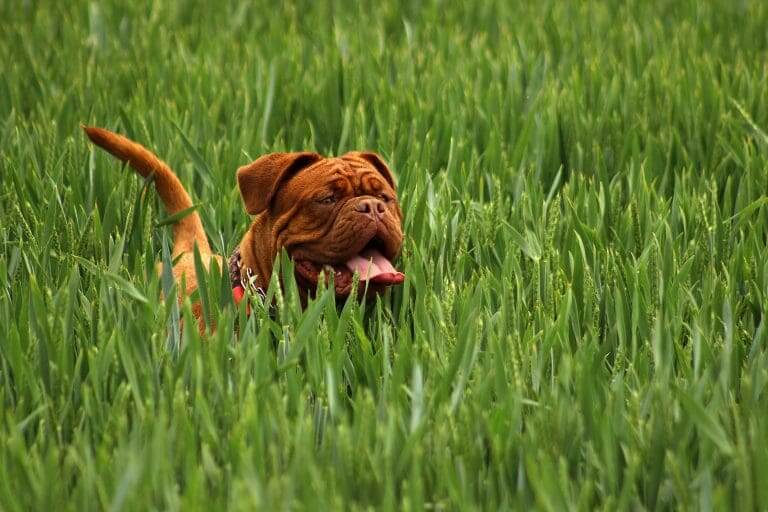How to draw a dog face?
Post Date:
December 7, 2023
(Date Last Modified: November 13, 2025)
A focused start—clean tools, a comfortable workspace, and clear references—makes drawing a dog’s face easier to manage. Good light and an unobstructed view of reference images help keep lines confident and consistent.
Materials and workspace
Choose whether you will work on paper or digitally and set up a clear, uncluttered surface for your chosen medium. For paper work, a standard letter sheet measuring 8.5 x 11 in (216 x 279 mm) is a convenient starting size because it fits most sketchbooks and scanners comfortably[1]. If you prefer digital, a tablet that supports pressure sensitivity and at least a modest active area is often more comfortable than a very small sketchpad; many artists favor tablets that imitate page proportions without forcing an extreme aspect ratio.
Keep a small, consistent set of drawing implements rather than many single-use tools: an HB for initial construction lines, a 2B for midtones, and a 4B for dark accents covers most graphite needs without overcomplication[2]. For ink or fineliner work, add one waterproof 0.3 mm pen and one brush pen for expressive line weight; avoid excessive specialty pens early in the learning process.
Have two erasers available: one kneaded eraser for lifting graphite gently and one vinyl (plastic) eraser for tidier, sharper corrections[3]. A countertop or small desk organizer that keeps these nearby reduces interruptions and helps you maintain focus while measuring proportions and correcting small construction errors.
| Item | Role | Notes |
|---|---|---|
| Paper or tablet | Surface for marks | Choose tooth for graphite or pressure sensitivity for digital |
| Pencils (HB, 2B, 4B) | Construction to shading | Limit to a few grades for speed |
| Erasers (kneaded, vinyl) | Lift and correct | Keep both for different removal needs |
| Lighting & reference | Visibility and accuracy | Stable light and a clear image display |
Lighting and reference display matter as much as your pencils. Aim for a neutral daylight color temperature near 5000 K to keep the tonal relationships accurate under your working light[4]. Position your light so it does not cast strong, distracting shadows across your working area while also avoiding direct glare on a digital screen.
Keep reference images easy to scan without moving your head repeatedly—either a dedicated second monitor or a tablet placed beside your drawing surface works well; many artists find a reference screen around 24 in (61 cm) gives a usable balance of detail and visibility when placed roughly arm’s length away (about 20 in / 50 cm) from where they sit[5]. Arrange your chair height so your forearms rest lightly on the table and your shoulders stay relaxed; small ergonomic adjustments reduce fatigue and help maintain steady, confident lines.
Choosing references and stylistic approach
Select a small set of clear reference images and a stylistic target before you begin so compositional mistakes are easier to avoid; aim for about 3 images that show the head at different angles and lighting conditions to cover structure and texture[6]. Use at least one close-up that captures the eyes and muzzle, and one three-quarter or profile shot that shows ear placement and silhouette—these views reduce guesswork when you translate forms to paper or screen.
Choose whether your final look will be realistic, semi-realistic, or stylized, because each decision changes how you treat anatomy, proportion, and texture. Realism prioritizes accurate planes and subtle fur value shifts, while stylized or cartoon treatments simplify proportions and may exaggerate features to read more clearly at small sizes; compare how the same reference reads at full detail versus a simplified thumbnail to decide which approach best suits your goals[7].
When working from photos, prefer high-resolution images with unobstructed faces and even lighting; for live models, spend brief sessions capturing gestures and then supplement with photos because a live dog will rarely hold a precise pose for more than a few minutes[6]. If you are studying breed-specific traits, pick references that clearly show the breed’s typical skull and ear shapes rather than highly groomed or heavily foreshortened shots.
Dog face anatomy overview
Understanding the skull and major soft-tissue masses helps you turn flat marks into convincing form; traditionally, dog skulls are grouped into three broad categories that affect muzzle length and forehead plane: brachycephalic, mesocephalic, and dolichocephalic[8]. These categories change the basic silhouette you should block in and explain why the same construction method yields different results across breeds.
Key underlying landmarks to note are the brow ridge or frontal eminence, the stop (the angle where forehead meets muzzle), the zygomatic arches at the cheek, and the maxillary and mandibular outlines that define the muzzle and jaw. The soft-tissue pads—eye sockets, jowls, and cheek muscles—add volume that softens the skull planes and must be suggested with light modeling to avoid a skeletal look.
Breed variation can be extreme: muzzle length, for example, commonly occupies roughly 30–60% of skull length across domestic breeds, and that range is what produces the recognizable differences between broad-snouted and long-muzzled dogs[9]. Appreciating these proportions encourages deliberate adjustments when you sketch a greyhound versus a bulldog.
Proportions and guideline setup
Begin with a simple construction that places the head circle and centerline before you add any features; many artists start by setting a circle for the cranium and then extending an oval for the muzzle so the combined shape reads as a single head mass with a clear front and back plane. Mark the vertical centerline to show head rotation and a horizontal eye line roughly halfway down the head circle for neutral poses—this midpoint often aligns with the top of the muzzle in straight-on views[10].
Use proportional rules as flexible guides: the interocular distance is commonly about one eye-width in adult dogs, which gives you a fast, repeatable way to place the eyes before refining shapes for breed or perspective differences[11]. When drawing three-quarter views or foreshortened angles, shorten the muzzle proportionally along the centerline and redraw the eye-line to reflect the rotated plane.
Constructing with basic shapes
Simplify the head into overlapping circles and ovals to establish mass relationships quickly: one circle for the cranium, one oval for the muzzle, and small spheres for the cheek and jaw hinge. Use light, loose lines for initial placement and connect these shapes with broader planes that indicate the forehead, muzzle bridge, and cheek slopes.
Work iteratively from loose to tight—start with very soft, erasable construction marks, refine the planes and contours on a second pass, and only commit to darker, final lines once you’re satisfied with the alignment and rhythm of the forms. This staged refinement reduces erasing and preserves the liveliness of your initial gesture while improving accuracy.
Eyes and expression
Treat the eyes as embedded spheres within eyelid rims and surrounding fur; the visible iris size and the placement of catchlights are the strongest cues to expression. Small, centered catchlights produce a neutral or alert look, while larger or multiple catchlights can convey a wet, glossy eye; adjust catchlight placement to match your light source for believable shininess[11].
Pay attention to eyelids and brow shapes—the upper eyelid curve, the lower lid plane, and the brow’s slope will shift the perceived emotion from relaxed to intent. Minimal tweaks in eyelid angle or the prominence of the supraorbital area can move an expression from playful to wary without altering geometry drastically.
Nose and muzzle detailing
The nose anchors the face both visually and structurally; start by plotting the nose tip on the centerline and then define nostril placement relative to the muzzle width. Nostrils often flare subtly toward the base and catch highlights on higher-value planes, so reserve small, bright highlights to sell the wet texture of the rhinarium.
Muzzle length and bridge angle control the face’s profile—shorter muzzles require tighter value modeling to read depth, while longer muzzles need softer transitions along the bridge to suggest volume without hard edges.
Ears, forehead and silhouette
Ears dramatically affect breed identity; categorize them as erect, semi-erect, or floppy and place their attachment at or just above the brow line so they read correctly against the forehead plane. Small changes in ear angle or rotation change perceived attention and pose, so block them in early to test silhouette clarity.
Define the forehead stop and brow ridge with subtle plane changes; these are important where light turns and will catch highlights or shadow that reinforce the head’s three-dimensionality. Keep silhouettes readable from a distance—strong outer shapes are easier to identify than internal detail when scaled down.
Mouth, lips and tongue
Decide whether the mouth is closed, panting, or open and place the lip corners accordingly; lip folds sit near the jowl and soften the transition between muzzle and cheek. For open mouths, imply teeth with restrained shapes and use a single value for the interior to avoid cluttering the focal area.
When drawing the tongue, suggest thickness with a center fold line and soft edge highlights rather than sharp outlines; a tongue that reads as volumetric supports believable panting or relaxed expressions without heavy rendering.
Fur, texture and shading techniques
Suggest fur direction with confident, repeated strokes that follow anatomy and form—short fur benefits from quick, directional hatching while longer fur responds to broader clump strokes that indicate mass rather than every hair. Group fur into planes and clumps to speed rendering and preserve the head’s underlying volumes.
Use cast shadows to anchor features: beneath the brow, under the muzzle, and inside the ear cup. Reserve the highest highlights for wet surfaces like the nose and eyes, and use midtone variation to communicate subtle color or pattern without overworking edges[12].
Final touches and common fixes
Step back and evaluate overall proportions, correcting obvious errors in eye spacing, muzzle length, or ear placement with light construction lines before committing to heavy shading. Vary line weight to emphasize planes—thicker lines in shadowed contours and thinner lines near highlights—so the drawing reads across light and texture.
Color and finishing touches should enhance the established forms rather than mask inaccuracies: add localized warm or cool shifts to suggest skin beneath fur, and avoid the temptation to over-detail the mouth or teeth, which often detracts from the eyes’ emotional focus.
Sources
- dickblick.com — general paper sizes and art supply guidance.
- staedtler.com — recommended pencil grades and graphite characteristics.
- winsornewton.com — eraser types and tool care.
- ies.org — lighting recommendations and color temperature principles.
- consumerreports.org — monitor sizes and viewing-distance guidelines.
- ctrlpaint.com — reference selection and iterative sketching techniques.
- proko.com — anatomy and stylistic decision resources for artists.
- merckvetmanual.com — veterinary anatomy references used for skull-type descriptions.
- vcahospitals.com — breed variation and skull proportion information.
- drawabox.com — proportion frameworks and construction approaches for heads.
- artistsnetwork.com — expression, eyes, and finishing techniques.
- unsplash.com — photo libraries and reference image resources.






